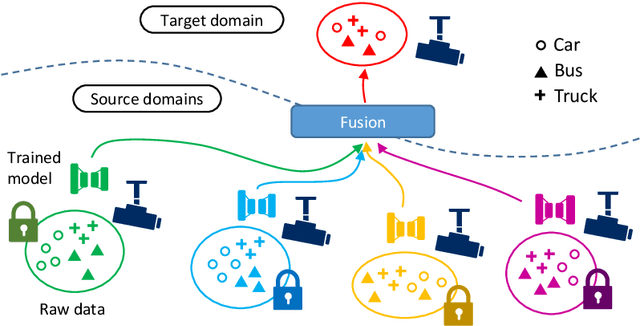Katsuhiko Takahashi
NEC Corporation
Guidelines for External Disturbance Factors in the Use of OCR in Real-World Environments
Apr 21, 2025Abstract:The performance of OCR has improved with the evolution of AI technology. As OCR continues to broaden its range of applications, the increased likelihood of interference introduced by various usage environments can prevent it from achieving its inherent performance. This results in reduced recognition accuracy under certain conditions, and makes the quality control of recognition devices more challenging. Therefore, to ensure that users can properly utilize OCR, we compiled the real-world external disturbance factors that cause performance degradation, along with the resulting image degradation phenomena, into an external disturbance factor table and, by also indicating how to make use of it, organized them into guidelines.
Trained Model Fusion for Object Detection using Gating Network
Mar 03, 2020



Abstract:The major approaches of transfer learning in computer vision have tried to adapt the source domain to the target domain one-to-one. However, this scenario is difficult to apply to real applications such as video surveillance systems. As those systems have many cameras installed at each location regarded as source domains, it is difficult to identify the proper source domain. In this paper, we introduce a new transfer learning scenario that has various source domains and one target domain, assuming video surveillance system integration. Also, we propose a novel method for automatically producing a high accuracy model by fusing models trained at various source domains. In particular, we show how to apply a gating network to fuse source domains for object detection tasks, which is a new approach. We demonstrate the effectiveness of our method through experiments on traffic surveillance datasets.
 Add to Chrome
Add to Chrome Add to Firefox
Add to Firefox Add to Edge
Add to Edge